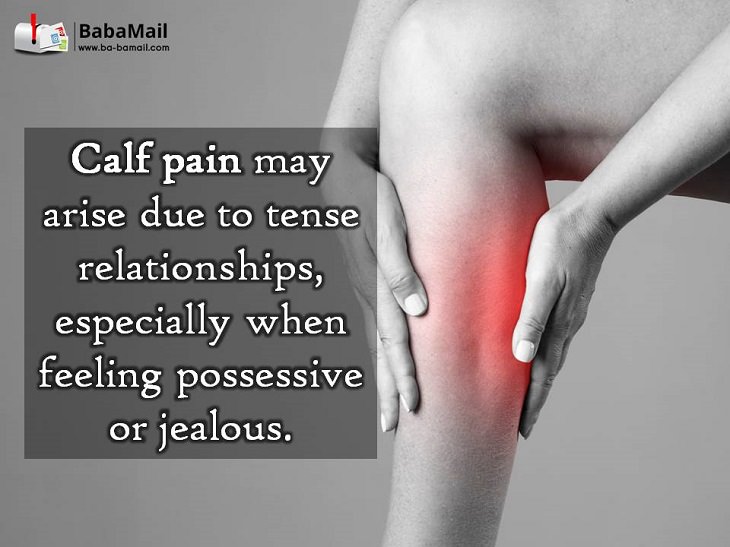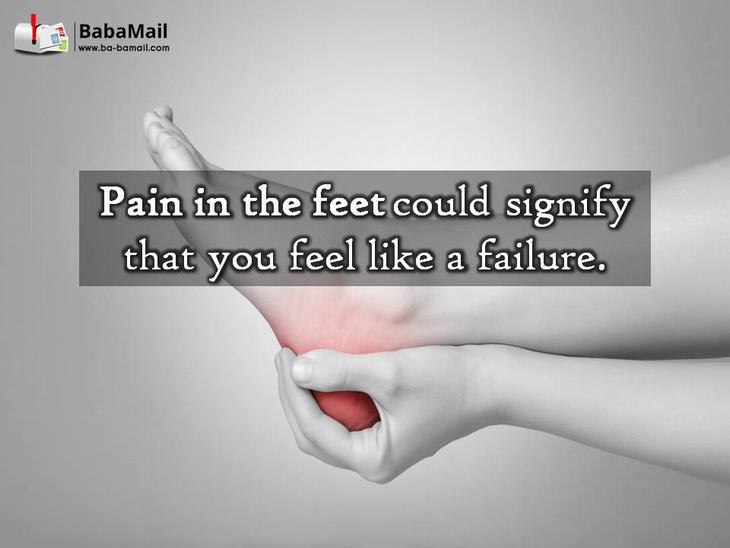While medications are supposed to make you
feel better, which most of the time they do, they also come with side
effects. While unwanted, they are usually minor, though in some cases,
they can be serious. Some drugs may cause depression, regardless of
whether or not you're predisposed to mental health problems.
According to a study published in JAMA, more than one-third of adults
may be using prescription medications which have the potential to cause
depression and may also increase the risk of suicide. As part of the
study, researchers found that more than 200 commonly used drugs have
depression or suicide listed as potential side effects.
However, because many of these drugs - including hormonal
contraceptives, blood pressure and heart medications, antacids, and
painkillers - are prescribed for purposes unrelated to mental health,
it's worrying that patients may never be warned about the increased
risks. Below are some commonly used drugs that are sometimes linked to
depression. Be sure to talk to your doctor if you're taking any one of
these.
1. Beta blockers
Beta blockers such as metoprolol are widely prescribed to treat high
blood pressure. They are also used for chest pain, irregular heartbeat,
migraine, some tremors, and even glaucoma. It is especially used for
hypertension, beta blockers are used long-term, however, research has
also linked it with depression. Thankfully, there are plenty of
alternatives and beta blockers aren't used as often anymore. Joshua
Nathan, MD, president-elect o the Illinois Psychiatric Society and
assistant professor of clinical psychiatry at the University of Illinois
Chicago says "they've gone a little out of favor as a standard
treatment because there are newer things that may work better without
(the risk of depression)."
2. Corticosteroids
Steroids like prednisone are used to treat a surprising number of
conditions, including autoimmune diseases like rheumatoid arthritis and
lupus, asthma, allergies, and cancer. However, they can have an effect
on mental health. "Chronic use is associated with a range of psychiatric
problems. It can cause depression, anxiety, psychosis - and I've seen
all of those things," Dr. Nathan says. Euphoria and mania seem to be
more common with short-term use while depression becomes more prominent
with longer use, even if the doses aren't large. Furthermore, a family
history of depression or alcoholism could put you at a greater risk for
developing one of these side effects when using corticosteroids. Talk to
your doctor or specialist about your risk factors and medication
alternatives.
3. Antibiotics
While this does not apply to all antibiotics there are some which have
been linked with depression, notably levofloxacin and ciprofloxacin.
Both belong to the family of antibiotics known as fluoroquinolones and
are prescribed for a variety of bacterial infections. A large study
conducted in the United Kingdom found that just one course of quinolones
was linked with a 25% higher risk of depression. Furthermore, taking
one course of med in the penicillin group of antibiotics was associated
with a 23% higher risk of depression. Two courses of penicillin took the
risk up to 40%, and more than five courses involved a 56% higher risk.
With this in mind, it is essential that you take antibiotics only when
you need to. Overusing can also contribute to the spread of
antibiotic-resistant bacteria.
4. Interferon
It has been found that 40% of people being treated with interferon
develop depression. The drug is used to treat some cancers and viral
infections like hepatitis C, among other things. Once the treatment has
ended, depression usually goes away. However, one study found that it
could come back later. Because interferon combats life-threatening
illnesses, antidepressants are sometimes used so that a person can
continue the treatment. Research has shown that selective serotonin
reuptake inhibitors (SSRIs) and other classes of antidepressants can
bring relief up to 85% of people who develop depression during
interferon treatment.
medications that cause depression
5. Anticonvulsants
According to some reports, anticonvulsant (or anti-seizure) drugs like
topiramate and gabapentin may contribute to depression. These drugs
suppress the central nervous system and may be associated with
depression. Benzodiazepines, such as anti-anxiety meds Xanax and Valium,
are also CNS depressants and have been associated with depression.
Thankfully, medication-induced depression goes away when you stop the
medication. Anticonvulsants are now used to treat bipolar disorder too,
pain from damaged nerves and fibromyalgia. There are other treatments
for all of these conditions, and there are also alternatives for
benzodiazepines.
6. Opioids
The addictive painkillers - which are responsible for one of the
greatest public health crises in American history-also seem to increase
the risk of depression. In one study, it was found that the risk of
depression in people who had never had it increased the longer they took
opioids, starting at about 30 days. The dose didn't seem to play a
role. People with these mood disorders are at a greater risk of abusing
opioids.
7. Hormonal birth control
Some studies have found a correlation between contraceptive methods
(including birth control pills, patches, vaginal rings, and hormonal
IUDs) and depression or lower quality of life. Researchers say that
hormonal changes triggered by these medications, such as a decrease in
testosterone or an increase in progesterone, may play a role.
Nevertheless, it is important to take these findings with a grain of
salt and to also bear in mind that birth control can affect each woman
differently. A recent review published in Contraception found that there
is no link between hormonal contraception and depression. Furthermore, a
study published last year in Menopause discovered that hormonal birth
control may actually protect women from depression later in life.
This is only for your information, kindly take the advice of your doctor for medicines, exercises and so on.
https://gscrochetdesigns.blogspot.com. one can see my crochet creations
https://gseasyrecipes.blogspot.com. feel free to view for easy, simple and healthy recipes
https://kneereplacement-stickclub.blogspot.com. for info on knee replacement
https://cancersupportindia.blogspot.com for infor on cancer and health related topics
https://GSiyers
home remedies.blogspot.com is the latest addition to my blogs. I'm
going to add posts there, do give me your valuable feed back on my
blogs. Thanks a lot, take care, be healthy and be happy.
Labels: antibiotic, anticonvulsants, common meds cause depression- beta blockers, corticosteroids, hormonal birth control, interferon, opioids

















